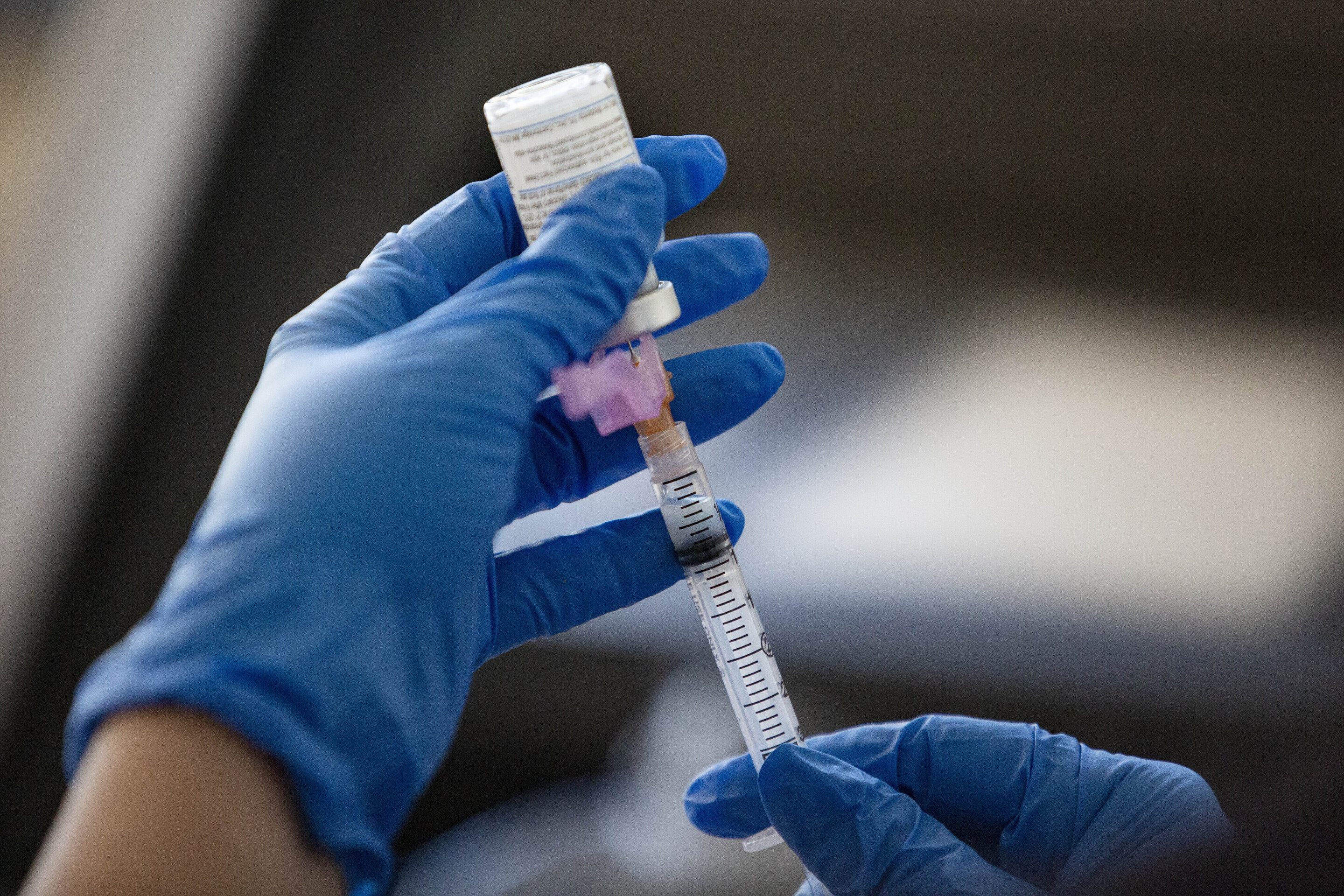#Explaining the physical origin of the memory effect in glasses

“#Explaining the physical origin of the memory effect in glasses”

Prof. Wang Junqiang’s team at the Ningbo Institute of Materials Technology and Engineering (NIMTE) of the Chinese Academy of Sciences (CAS), has revealed the key role of activation entropy in the memory effect of glasses, providing new understanding of the physical origin of the memory effect in glasses. The study was published in Physical Review Letters.
Unlike the common aging of glasses, the memory effect, which was observed by Kovacs in 1963, describes that the when a glass is annealed sequentially at two temperatures, i.e. first at low temperature and then at a higher temperature, the glass can “rejuvenate” during the second step annealing.
Such phenomenon has been observed in various materials and complex systems, and is generally explained in terms of heterogeneous dynamics with phenomenological models, but the universal physical mechanism of memory effect still remains an unsolved mystery.
To address this issue, the researchers studied the memory effect of a model metallic glass (MG) (Au49Cu26.9Ag5.5Pd2.3Si16.3) with good glass forming ability, and low glass transition temperature and liquidus temperature, by virtue of a high-precision high-rate differential scanning calorimeter. They systematically studied the influence of the annealing temperature and the annealing time.
According to the absolute reaction rate theory, the activation entropy S* during isothermal annealing is determined. The memory effect occurs only when the temperature jump moves the glass into a state with a larger value of activation entropy S*. No memory effect is observed if the jump occurs into a smaller S* state. This indicates that activation entropy S* plays a key role in triggering the memory effect in glasses.
This study provides a new perspective to account for the physical mechanism of the memory effect in glasses, and may promote the further research on the kinetic complexity in various disordered materials based on the proposed activation entropy S*.
Electrons boost solid-state caloric cooling in hexagonal sulfides
Lijian Song et al. Activation Entropy as a Key Factor Controlling the Memory Effect in Glasses, Physical Review Letters (2020). DOI: 10.1103/PhysRevLett.125.135501
Citation:
Explaining the physical origin of the memory effect in glasses (2020, November 3)
retrieved 3 November 2020
from https://phys.org/news/2020-11-physical-memory-effect-glasses.html
This document is subject to copyright. Apart from any fair dealing for the purpose of private study or research, no
part may be reproduced without the written permission. The content is provided for information purposes only.
For forums sites go to Forum.BuradaBiliyorum.Com
If you want to read more Like this articles, you can visit our Science category.



